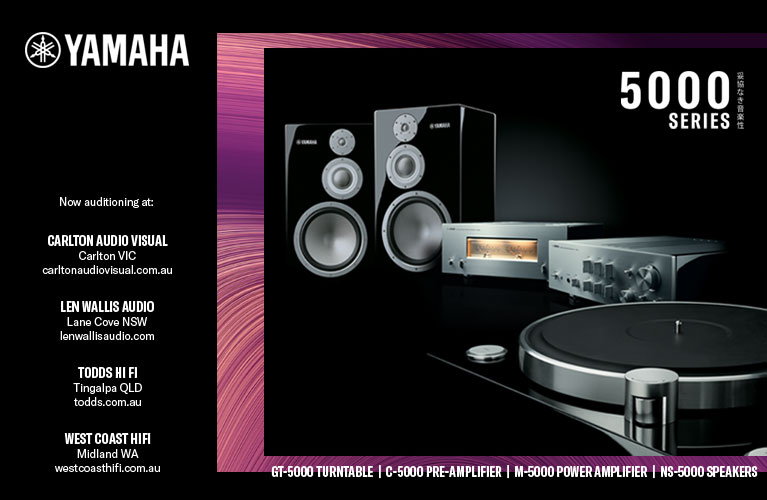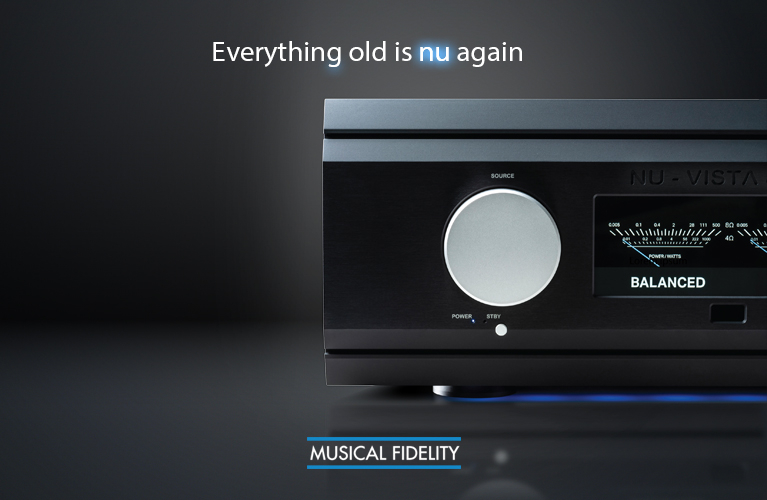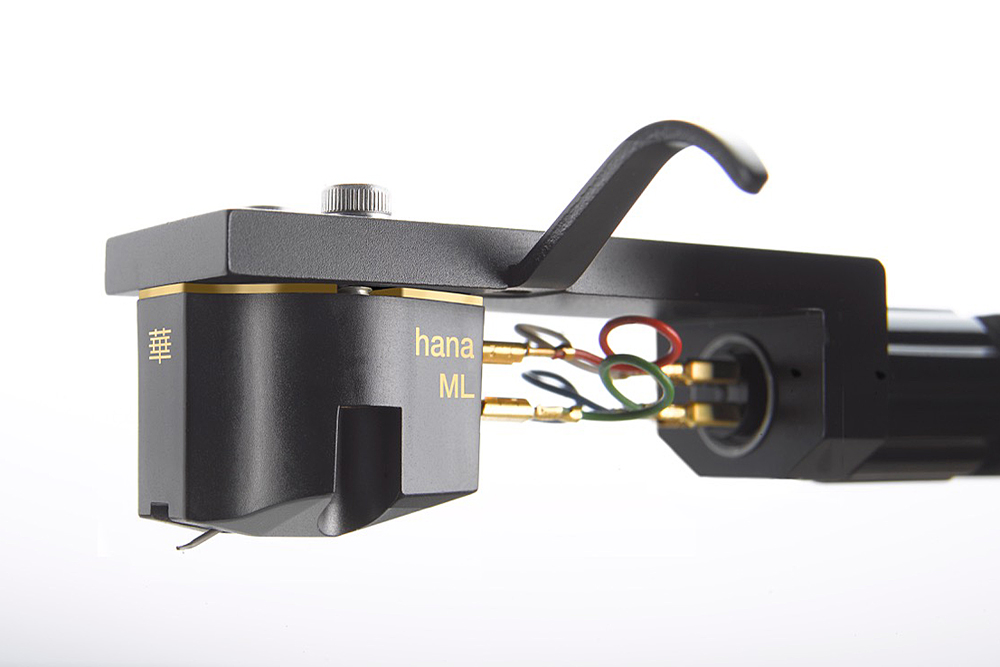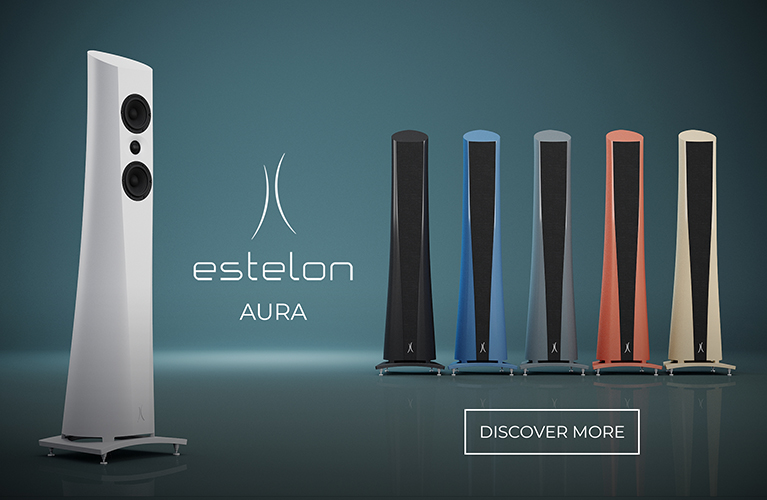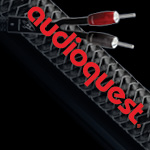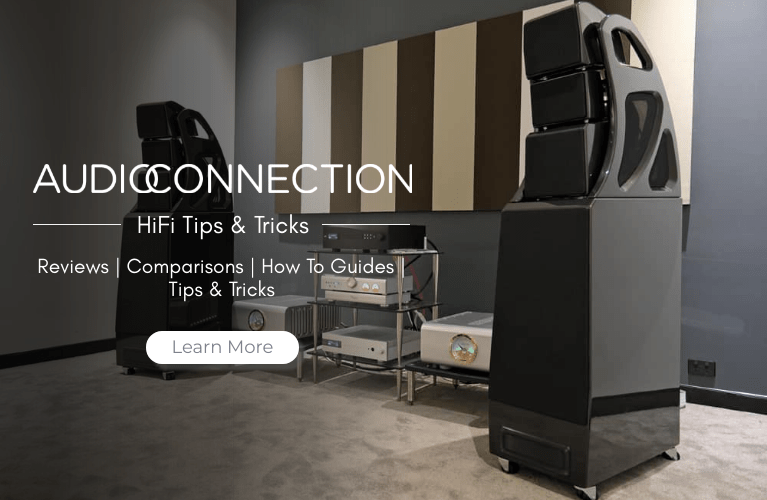When you really think of it, there’s no particular reason why something like a gramophone and its records weren’t invented centuries ago by, say, Galileo, or Hero of Alexandria, or someone even earlier. The concept is so simple and elegant that it’s truly timeless, so much so that if an asteroid hits the Earth tomorrow, or if we blow up the planet, it is my firm belief that the only technology able to reproduce the sounds of yesteryears will be mechanical, based on vinyl and shellac records. Just because of that fact alone we should treasure these records, these plastic marvels that reproduce music every bit as good as a CD player or a streamer but fell out of favour in a world obsessed with convenience. Two cartridges that go a long way in pursuit of this noble goal are HANA’s MH and ML.
Great sound, easy setup
Yes, you do need a $K or few for the turntable, another few ‘K’ for the cartridge and yet another lot for the preamp but when you buy the right gear and use it to play a properly recorded LP to people you are very likely to hear questions like: “Is this a record or a CD?” or, “Which streaming service is this? I can’t find this song on mine.”
HANA’s review cartridge samples were sent in both the Low and High outputs. The ‘M’ stands for ‘microline stylus’, while evidently the ‘H’ and ‘L’ stand for high and low output respectively. Other than the output signal level, they are identical in every respect. They also command respect for their performance and they are prime examples of a boutique Japanese manufacturer creating a high quality product under the meticulous supervision of a master in his field.
I started appreciating these cartridges as soon as I mounted them onto the tonearm, before they produced a single sound. The reason for my early excitement was, of all things, HANA’s stylus guard, about which I had a reasonably strong feeling (proved later to be correct) that, either by design or by accident, this lowly, often neglected piece of plastic has been shaped in a way that resolves the geometry of the tonearm/cartridge/record system in one fell swoop. Simply and elegantly, the azimuth and the vertical tracking angle of the HANA cartridge will be spot-on if the bottom of the stylus guard rests flat on top of the record. Anyone who wrestled with azimuth and VTA for any length of time will surely appreciate HANA’s stylus guard as much as I ended up doing.
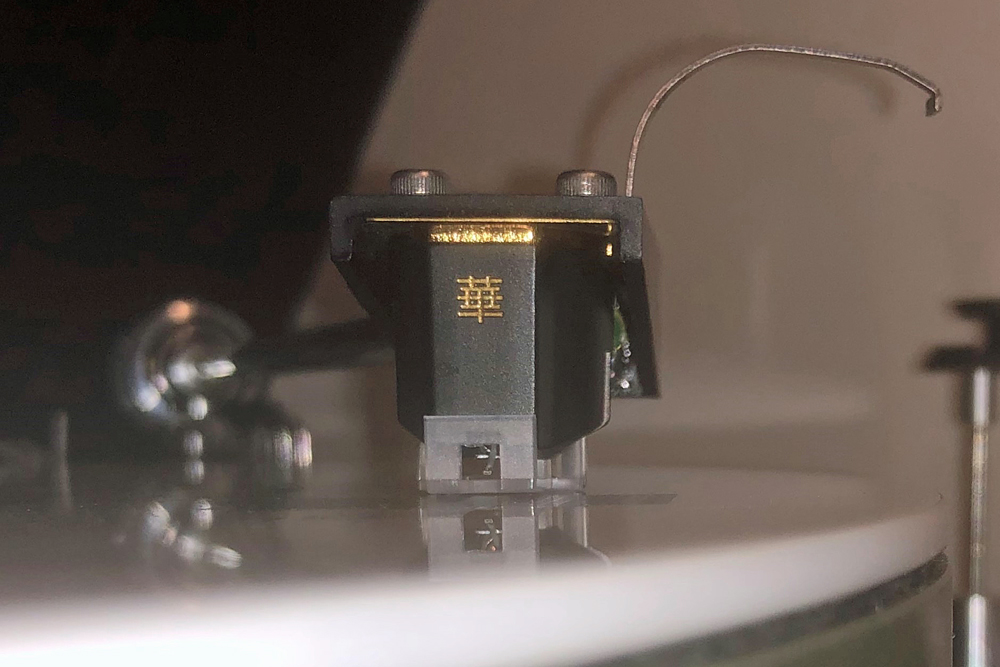 Protractor alignment with fitted stylus guard.
Protractor alignment with fitted stylus guard.
Additionally, the stylus guard has an opening at the front, which allows you to accurately align the cartridge while having the stylus guard on (and with stylus safely tucked out of harm’s way) regardless of the protractor/alignment method you use. And so, voila! You’ve become an instant cartridge alignment expert!
Azimuth was confirmed as being spot-on perpendicular to the record when playing “Band 5” of the second side of the Hi-Fi News Analogue Test LP. No surprises there.
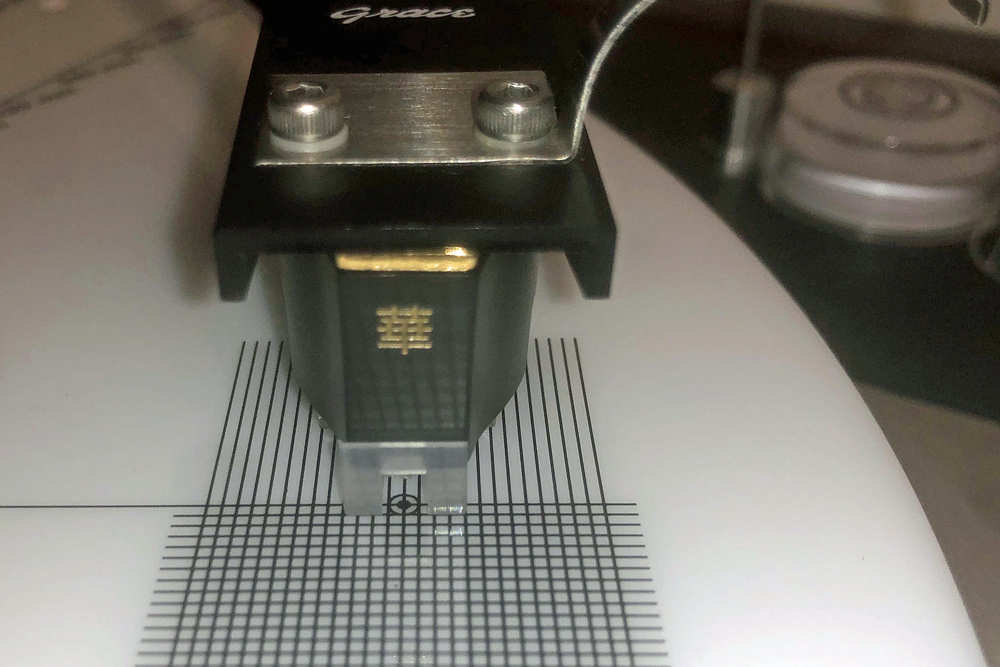 Cartridge aligned using Dr Feickert’s ‘white’ protractor, aiming for Lofgren geometry.
Cartridge aligned using Dr Feickert’s ‘white’ protractor, aiming for Lofgren geometry.
As mentioned previously, while bolting the cartridge to the tonearm headshell, it was just a hunch and a hope that optimal VTA might be achieved when the tonearm’s at the height where the stylus guard was flat against the record. In order to test that hypothesis, I checked the VTA by utilising the “Mono Female Voice” method (i.e. play a mono record with a female singer; move the tonearm up and down, the sweet spot is where the louder she sings, the narrower the spot her voice comes from). The mono record of choice was Janis Joplin Early Performances from the double album Janis. Just as I hoped, “What Good Can Drinkin’ Do” and “Silver Threads and Golden Needles” delivered razor-sharp focus of the grand lady’s voice with VTA as per the initial setup, i.e. with the stylus guard dead flat against the record (Note: against the actual vinyl record, not the protractor which is a few millimetres thicker). As soon as I changed the VTA by moving the tonearm up or down by more than 3mm or so, Janis’s voice started spreading out. This confirmed my hypothesis/hope/hunch about the stylus guard and made me very happy indeed. Thanks, HANA!
Two settings that took a bit more time were the ones for which the stylus guard had to come off: vertical tracking force and anti-skating/bias. The recommended VTF for HANA MH and ML is 2g, but best tracking was observed with 2.4g of VTF, with the corresponding bias determined by playing “Band 6” to “Band 8” of the first side of the Hi-Fi News Analogue Test LP (Test LP for short), and then given an additional check by playing “Band 1”, “Band 4” and “Band 8” on the second side of the Test LP, which confirmed accurate tracking and alignment at the outer, middle and inner LP tracks, respectively.
HANA cartridge weighs 9.5g, which required a somewhat heavier counterweight on my tonearm in order to avoid pulling out the standard counterweight uncomfortably far from the vertical axis. With the heavier counterweight, both HANA MH and ML produced the cartridge/arm mechanical resonance of 9Hz horizontally and 10Hz vertically (measured through “Band 2” and “Band 3”, respectively, on the second side of the Test LP). These resonant frequencies are within the area of optimum acoustic performance. Talking about acoustic performance, the best soundstage resolution was achieved when I reduced the bias by approximately 20% from the value suggested by the Test LP.
Setting up a cartridge can be a finicky, iterative process, but HANA’s stylus guard made it so much easier for me. It also made it safer, because many a cartridge met its untimely demise during setup simply because the stylus guard had to be taken off for alignment and the stylus got kicked/bent/snared or any combination of the above.
The HANA ML and MH cartridges both feature Delrin and brass bodies, aluminium cantilevers, high purity copper coils and alnico magnet systems. The ‘Magnetic Circuitry’, as HANA describes it, is pure iron and has been cryogenically treated.
MH & ML
For the purpose of this evaluation, I received two cartridges of HANA’s ‘M’ series: MH with high output and ML with low output. Both versions look the same, sporting the same understated elegance, weigh the same, have the same kind of cantilever and stylus (‘M’ stands for ‘microline stylus’, which achieves a very close contact with the record grooves and carries a higher price than an elliptical or Shibata stylus) and have the same compliance demonstrated by the fact that both cartridges produced identical mechanical resonance frequencies when installed on the same tonearm.
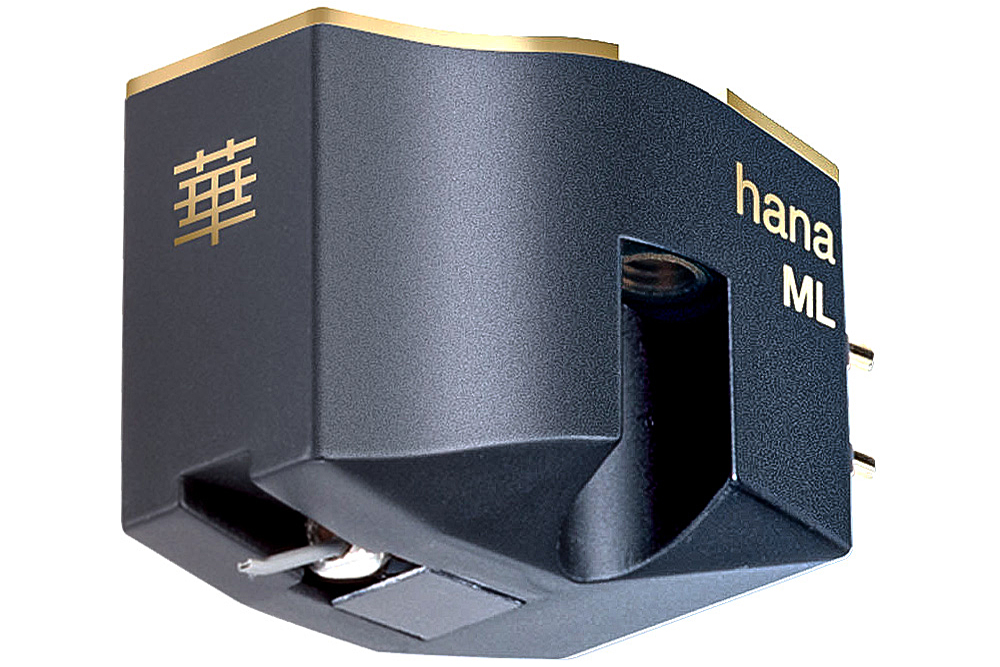
The output of HANA MH was plugged directly to the phono input of my preamplifier, while HANA ML cartridge’s was boosted through an input transformer. Here I have to declare a caveat: I live (too) close to a (too) powerful radio transmitter. For some reason, practically every input transformer I tried over the years somehow manages to demodulate strong FM signals in spite of cable shielding, input balancing, ferrite cores and other RF/noise suppression methods. The only exception is the Ortofon T-5 input transformer which is arguably a few notches below the quality level of HANA ML, but at least it does not act as an FM radio. With the help of this transformer (actually two, because they’re mounted one per channel) I was able to test HANA ML as intended.
As for HANA MH, I noticed its preference for lower input impedances than the 47kΩ of a standard preamplifier. My preamplifier has a phono input impedance of 68kΩ, so in order to bring it back to 47kΩ I usually have a 150kΩ resistor in parallel with the input. HANA MH sounded just fine with that load but its mids were even more sharply defined and its highs gained additional vibrancy when I removed the 150kΩ resistor and installed a 56kΩ resistor in parallel with the input, which resulted in an input load of about 31kΩ. Therefore, it might be well worth your while to try a few different loads for HANA MH in the form of pass-through male/female connectors with various resistors. For example, if your (pre)amplifier has a 47kΩ input impedance, in order to reduce it to about 30-31kΩ you’ll have to put an 82-91kΩ resistor across the input. (Note: 0.5W metal film resistors with 1% tolerance from an electronic parts shop are just fine for this, no need to go overboard). I also tested a variety of input capacitances (27pF – 220pF) but no improvement in the sound was detected, so I left the input as it was with no additional capacitors connected.
Listening Impressions
Unsurprisingly, HANA MH and ML sound very much alike, so the results of the listening tests have been reported as common findings that apply to both cartridges, while any differences have been explicitly pointed out.
HANA produces accurate, vibrant sound full of detail and life, especially in midrange frequencies which can rightfully be considered the main strength of these cartridges. As soon as I put on Deutsche Grammophon’s recording of Carmina Burana conducted by Eugen Jochum, the voices of singers and the choir filled the room with all their richness and beauty, a sheer delight. Clifton Chenier’s “One Step at a Time” from Boogalusa Boogie revealed the mastery of the hardest working member of the group (the washboard player) by accurately delivering every contact of the utensils with the board, with crispness and flair. Another recording that ended up revealing new details was “Little Red Rooster” from The Rolling Stones’ album Love You Live, which is a fine example of the great band often doing more justice to OPM (Other People’s Music) than their own.
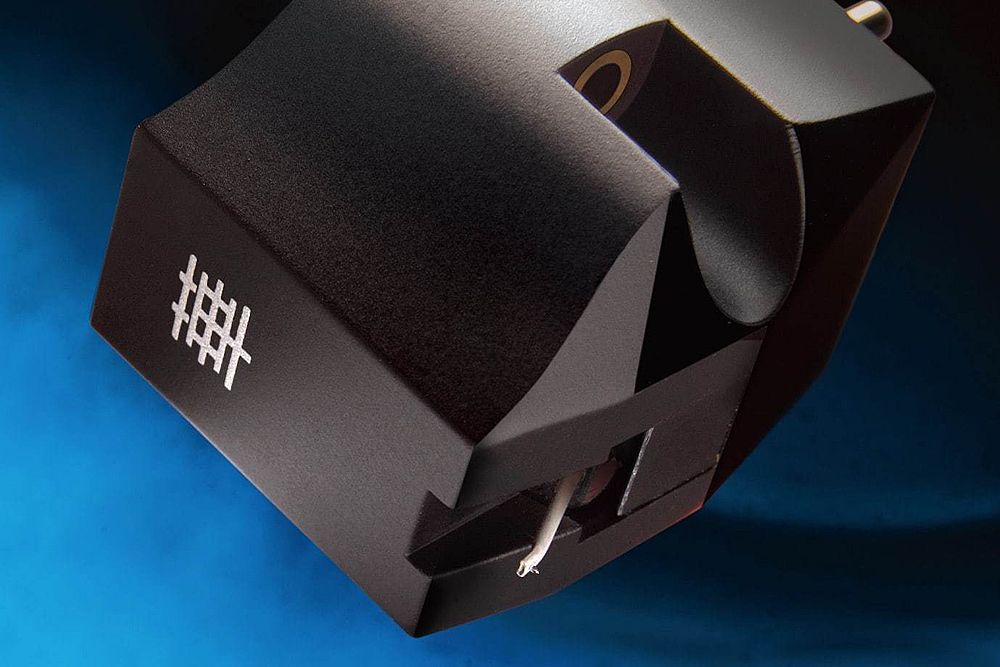
HANA’s high frequencies are remarkable in their own right, perhaps not as pronounced as the mids, but the resulting combination sounds very credible indeed in my listening space. Concrete walls can easily emphasise an overly bright source’s treble but in this case every ding of a triangle and every ting of a vibraphone came through without any coloration or undue peaks. Milt Jackson’s vibraphone sounded crisp, vibrant (as vibraphones should) and its every note was sharply defined when playing “That’s the Way It Is” from Pablo Live Montreux ’77 Jam Sessions. No additional capacitors at the output were necessary, which confirmed HANA’s linearity in the upper ranges.
I found HANA’s bass very well defined and without any muddiness, albeit of a more coaxing than commanding nature. It showed pronounced affinity towards jazz versus hard rock, towards chamber orchestras rather than symphony orchestras, or if you prefer, cellos in preference to low-rumbling timpani and double-bass. However, if Mahler or Led Zeppelin are your staple, you may do the following trick, or hack (avoid tone controls). I lowered the tonearm by about 2mm in order to reduce the VTA and increase the bass (of course, making sure that Janis still sounded right). This ended up being my preferred setup. However, this move was purely a matter of taste and personal preference, so use this hack and make your own discoveries.
All that said, HANA deserved and received a lot of kudos for faithfully reproducing the ominous growling and rumble of the impending doom in Karajan/Berliner Filharmoniker rendition of Sibelius’s “Finlandia” from the album of the same name by Deutsche Grammophon. It also proved its bass capabilities on a maxi-single 45rpm version of “Don’t Leave me This Way” by the Communards. This particular version is about six minutes long, and at about the 2:26 mark it has 30 seconds of synthesised bass effects that sound like a huge sheet of metal being wobbled to and fro. It is quite the test of a Hi-Fi system to deliver this wobble as if that metal sheet was in the room. HANA did it faithfully and with pinpoint precision.
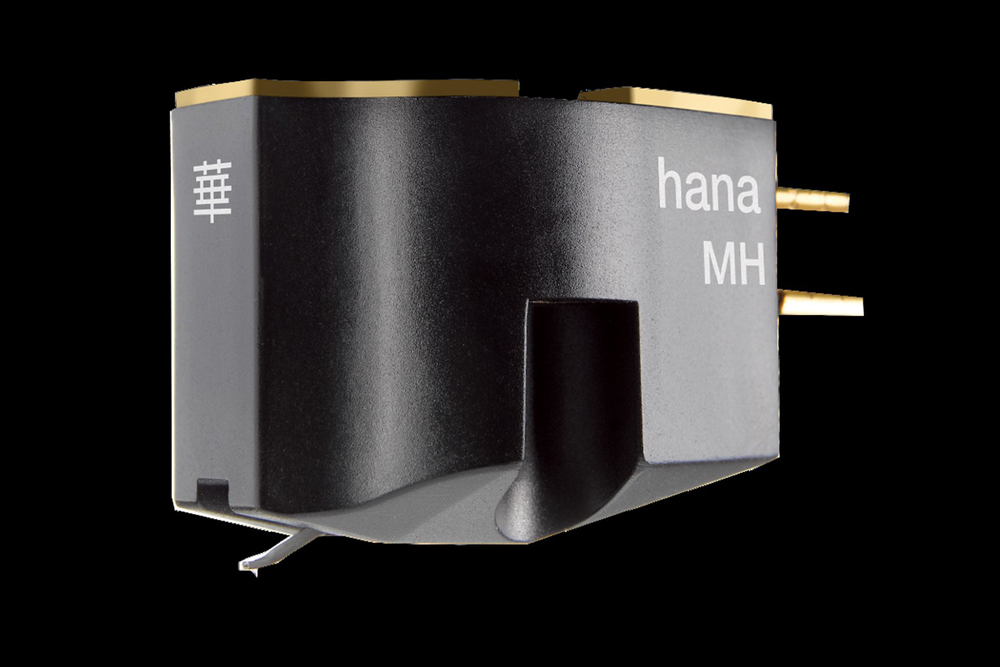
Another major strength of HANA MH and ML is a particularly detailed soundstage, which includes the depth perception that I did not expect from cartridges in this price bracket. The first part of Chris Rea’s “Road to Hell” from the 45rpm maxi-single of the same name contains a multitude of voices and sound effects that filled the whole soundstage, were also faithfully placed from left to right and had depth and clearly defined presence. When I played the aforementioned “That’s the Way It Is” from Montreux ’77 Jam Sessions, HANA accurately placed the vibraphone diagonally on the soundstage, and kept it there from the beginning to the end, which confirmed the exactness of the alignment and the soundstage capabilities of the cartridge.
Some cartridges like to “beautify” the sound by masking the transients and by glossing over any rough bits in a recording. I detected no such tendencies in HANA MH or ML. In the old days, some vinyl records were made with an intention to compensate for technical limitations of ordinary gramophones used in most households, which creates unnatural sound via high quality Hi-Fi equipment. One such recording is 1963’s Sheherezade by Leopold Stokowski and the London Symphony Orchestra. HANA accurately revealed abrupt interventions to the sound, the sudden ins-and-outs of instruments via the mixing console and other artefacts that were not a part of the original score but which Stokowski liked to add. HANA did no beautification, no make-up of any kind, just faithfully reproduced what was recorded. Great job!
Conclusion
HANA MH and ML got through all my tests with flying colours and left very little to be desired. More importantly, their performance was such that they made me look at my vinyl collection with new eyes, almost as if I just got my first records. They revealed details, depth and soundstage precision with flair and soul that deserve to be heard. The craftsmanship and performance are there as are the looks… And whoever designed that stylus guard is a genius.
…Vedran Simunovic
www.soundstageaustralia.com
Associated Equipment
- Analog source — Linn Sondek LP12, Hercules power supply, Grace 707 tonearm (modified)
- Preamplifier — Rotel RC-1550
- Power amplifier — Custom-designed Amplifier 400 watts per channel (4 ohms)
- Interconnect cables — Custom made interconnects, Belkin PureAV power cables
- Speakers — Magnepan MMG (elevated 12cm, 2 degrees off vertical)
HANA ML and MH Moving Coil Cartridges
Price: AU$1895
Warranty: 12 Months
Australian Distributor: Audio Magic
+61 3 9489 51 22
www.audiomagic.com.au
Excel Sound Corporation
3-7-37, Shin-yoshida-Higashi, Kohoku-ku
Yokohama, Kanagawa, Japan 223-0058
+81 45 543 5100
excelsound.co.jp



